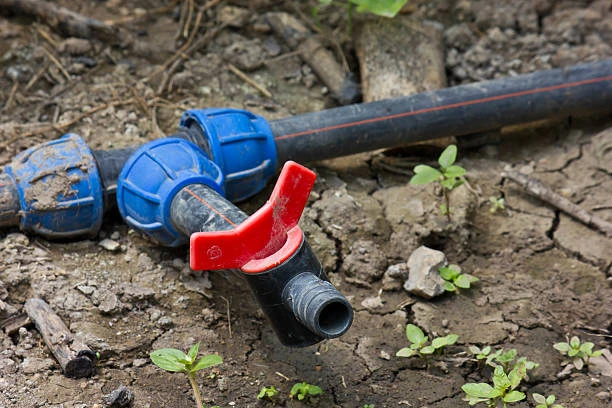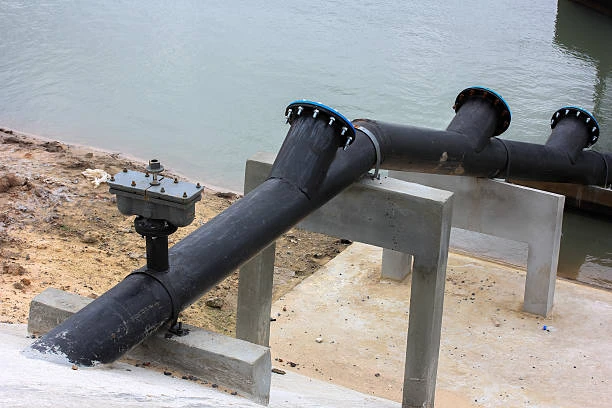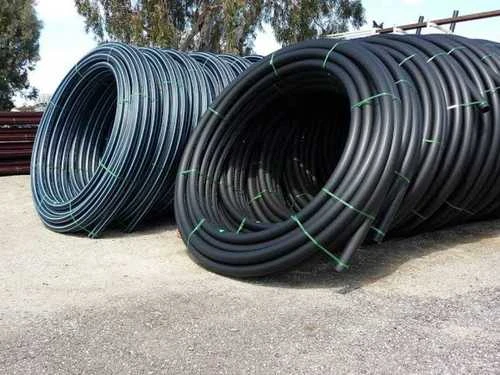The Australian Pipeliner has long been a leading source of information in the pipeline and infrastructure industry. In the January issue, a spotlight on High-Density Polyethylene HDPE pipe, a specific type of polyethylene (PE) pipe, emphasizes their significance in modern piping solutions. This article explores the benefits, applications, innovations, and future outlook for HDPE pipes in Australia, reflecting on their critical role in enhancing infrastructure and sustainability.

Understanding HDPE Pipe
What are HDPE Pipe?
High-Density Polyethylene (HDPE) pipes are manufactured from a robust thermoplastic known for its high strength-to-density ratio. They are commonly used in various applications, including water distribution, sewage management, gas transportation, and telecommunications. The properties of HDPE make it an attractive choice for both urban and rural piping systems.
Key Characteristics of HDPE Pipe
- Durability: HDPE pipes have a long lifespan, often exceeding 50 years. They are resistant to corrosion, chemicals, and environmental stressors, making them suitable for harsh conditions.
- Flexibility: HDPE’s inherent flexibility allows for easy installation, even in complex terrains. This adaptability reduces the need for additional fittings and joints, streamlining the installation process.
- Leak Resistance: The fusion welding technique used to connect HDPE pipes creates strong, leak-proof joints, significantly reducing the risk of leaks and ensuring the integrity of the piping system.
- Cost-Effectiveness: While HDPE pipes may have a higher initial cost, their durability and low maintenance requirements lead to significant long-term savings.
- Environmental Sustainability: HDPE is recyclable, and its production requires less energy than that of traditional materials, making it an environmentally friendly option for infrastructure projects.
Applications of HDPE Pipe in Australia
Water Supply Systems
In Australia, HDPE pipes are extensively use for municipal water supply systems. Their durability and resistance to corrosion make them ideal for transporting potable water over long distances. As urban populations continue to grow, the demand for reliable water infrastructure increases, positioning HDPE pipes as a critical solution.
Sewage and Wastewater Management
HDPE pipes are also widely use in sewage and wastewater management systems. Their smooth interior surfaces minimize friction, reducing the risk of clogs and ensuring efficient waste transport. Additionally, their resistance to a variety of chemicals makes them suitable for handling various types of waste.
Gas Distribution Networks
The natural gas industry relies heavily on HDPE pipes for the safe and efficient transportation of gas. HDPE’s ability to withstand high pressures and external stressors makes it an ideal choice for gas distribution systems, ensuring safety and reliability.
Telecommunications Infrastructure
As the demand for high-speed internet and telecommunication services grows, HDPE pipes are increasingly utilize for protecting fiber optic cables. Their lightweight and flexible nature simplify installation, making them a preferred choice for modern telecommunications infrastructure.
Industrial Applications
HDPE pipes find extensive use in various industrial applications, including mining and agriculture. Their resistance to harsh chemicals and environmental conditions makes them suitable for transporting liquids, slurries, and other materials in demanding industrial settings.
Innovations in HDPE Pipe Technology
Advanced Manufacturing Techniques
The HDPE pipe manufacturing process has seen significant advancements in recent years. Innovations in extrusion technology and automated quality control systems enhance production efficiency and ensure that the final product meets stringent quality standards. These advancements not only improve the performance of HDPE pipes but also reduce production costs.
Smart Technology Integration
With the rise of the Internet of Things (IoT), the integration of smart technologies into HDPE pipe systems is becoming increasingly prevalent. Smart sensors can monitor water flow, detect leaks, and provide real-time data to system operators, improving the efficiency and reliability of infrastructure.
Sustainability Initiatives
As environmental concerns grow, the industry is shifting towards more sustainable practices. Manufacturers are exploring the use of recycled materials in HDPE pipe production, reducing waste and energy consumption. This commitment to sustainability aligns with global efforts to combat climate change and promote environmental responsibility.
The Future of HDPE Pipe in Australia
Market Growth Potential
The future of HDPE pipes in Australia looks promising. With ongoing infrastructure investments and a focus on sustainable development, the demand for reliable and durable piping solutions is expecte to grow. Government initiatives aimed at enhancing water management systems and improving gas distribution networks will further drive the adoption of HDPE pipes.
Urbanization and Infrastructure Development
As urban populations continue to rise, the need for efficient infrastructure becomes more pressing. HDPE pipes will play a vital role in meeting the demands of expanding cities, providing reliable water supply, waste management, and gas distribution systems.
Challenges Ahead
While the outlook for HDPE pipes is bright, challenges remain. Competition from alternative materials, regulatory compliance, and economic fluctuations can impact market dynamics. However, companies that prioritize quality and innovation are likely to thrive in this evolving landscape.
Conclusion
HDPE pipes are poise to play a crucial role in the future of Australia’s infrastructure. Their durability, flexibility, and sustainability make them an ideal choice for various applications, from water supply to gas distribution. As the industry continues to innovate and adapt to changing demands, HDPE pipes will remain a cornerstone of modern infrastructure development, enhancing the quality of life for Australians across the nation.
FAQs
- What are HDPE pipes use for?
- HDPE pipes are use for water supply, sewage management, gas distribution, telecommunications, and various industrial applications.
- How long do HDPE pipes typically last?
- HDPE pipes have a lifespan of over 50 years, depending on environmental conditions and maintenance practices.
- Are HDPE pipes environmentally friendly?
- Yes, HDPE pipes are recyclable, and their production requires less energy than traditional materials, making them a sustainable choice.
- What advantages do HDPE pipes have over other materials?
- HDPE pipes offer advantages such as durability, flexibility, leak resistance, cost-effectiveness, and lower maintenance requirements.
- How is the HDPE pipe market expecte to grow in Australia?
- The HDPE pipe market in Australia is expecte to grow due to ongoing infrastructure investments, urbanization, and a focus on sustainability in water and gas management systems.


















